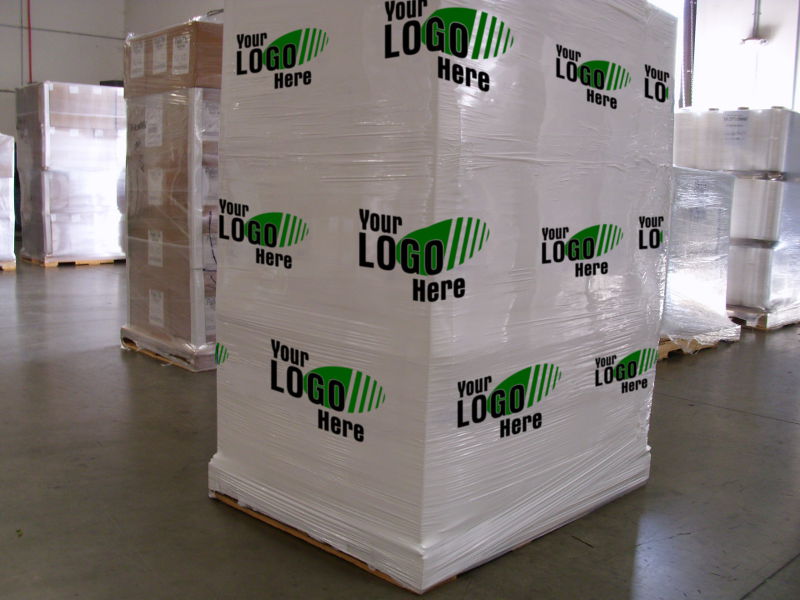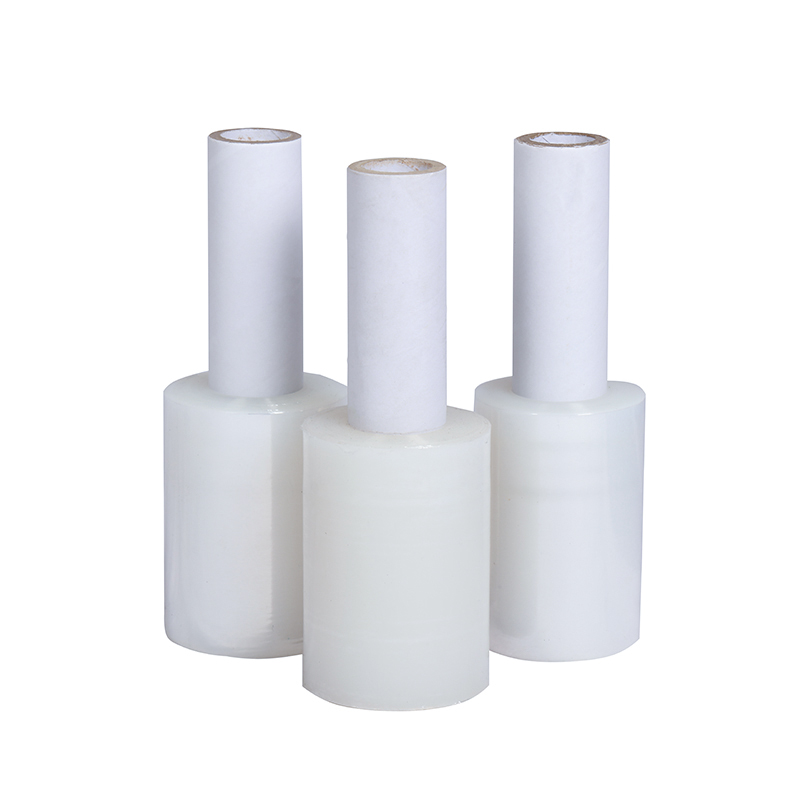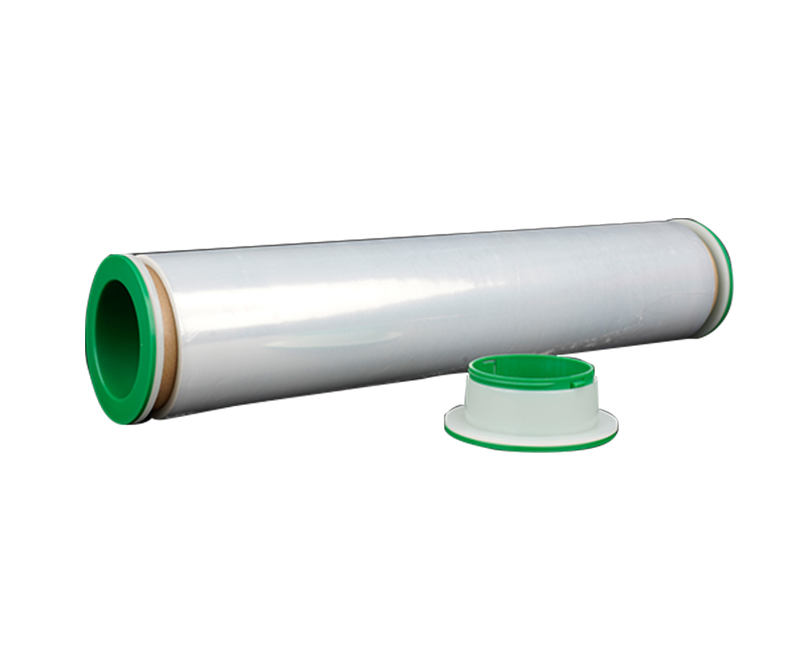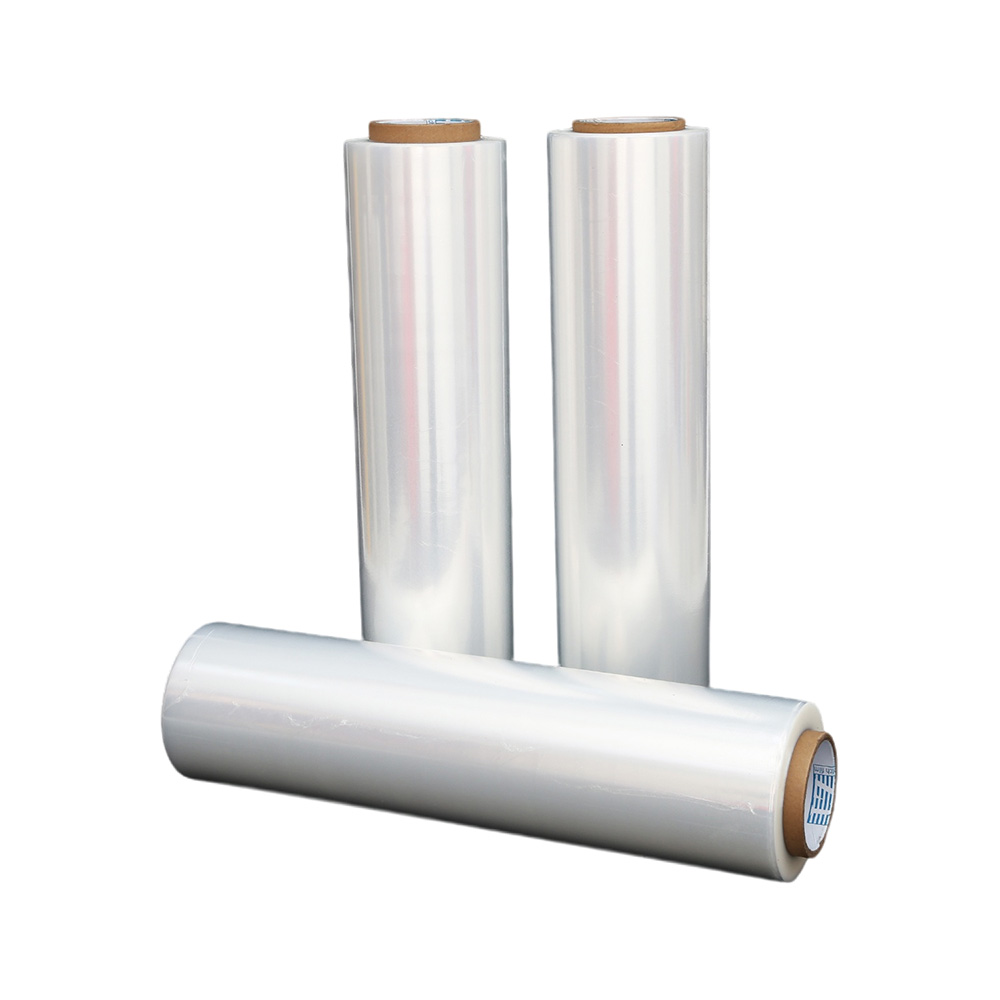How to Order Printed Stretch Film: A Guide
Source:How to Order Printed Stretch Film: A GuideTime:2025-07-30Visitors:
In today's competitive market, businesses are constantly seeking ways to enhance their brand presence, streamline operations, and bolster security across their supply chain. While clear stretch film is a staple for securing palletized goods, custom printed stretch film offers a powerful, yet often underutilized, avenue for achieving these goals by transforming a functional packaging material into a dynamic marketing and logistical tool. Ordering printed stretch film involves a systematic process from design conceptualization to final delivery, ensuring your brand message effectively travels with every shipment. This article will guide you through the essential steps and considerations for acquiring custom printed stretch film, helping you leverage its unique benefits for a significant competitive advantage.
Table of Contents
- What is Printed Stretch Film and Why Order It?
- What Information Do You Need Before Ordering?
- How Do You Prepare Artwork for Printed Stretch Film?
- What is the Ordering Process for Printed Stretch Film?
- What Are the Minimum Order Quantities and Lead Times?
- How Does Printed Stretch Film Offer a Competitive Advantage?
- What Are the Cost Considerations and ROI of Printed Stretch Film?
1. What is Printed Stretch Film and Why Order It?
Printed stretch film is standard stretch film that has been custom-manufactured with a company's logo, branding, text, or specific graphics directly on its surface, serving as both a load securement and a powerful mobile advertising medium. Businesses order it to enhance brand visibility, improve supply chain efficiency, deter tampering, and differentiate their products in transit and storage.
Beyond its primary function of unitizing and protecting goods on a pallet, printed stretch film acts as a continuous billboard for your brand. It transforms every shipment into a branding opportunity, ensuring your company's identity is prominently displayed from warehouse to final destination.

2. What Information Do You Need Before Ordering?
Before ordering printed stretch film, you need to determine key specifications such as the film type (hand or machine grade), desired gauge (thickness), roll width and length, film color, and the number of colors for your printed design. Clearly defining these parameters ensures the final product meets your operational and branding requirements.
-
Film Type:
- Hand Grade: For manual application, typically lighter and shorter rolls.
- Machine Grade: For automated or semi-automated stretch wrapping machines, heavier and longer rolls.
- Gauge (Thickness): This impacts strength, puncture resistance, and yield. Common gauges range from 60 to 120 gauge, depending on load stability and protection needs. Consult with your supplier if unsure.
- Roll Width & Length: Must match your current wrapping equipment or manual application preferences.
- Film Color: While clear film is common, consider if a colored opaque film (e.g., white, black) would better highlight your logo or conceal contents.
- Number of Print Colors: The complexity and number of colors in your design directly influence plate costs and film pricing.
- Application Environment: Consider if the film needs UV inhibitors for outdoor storage or special additives for cold temperatures.
3. How Do You Prepare Artwork for Printed Stretch Film?
Preparing artwork for printed stretch film typically requires submitting high-resolution, vector-based files (e.g., AI, EPS, PDF with outlines) that are free of embedded raster images, with specific Pantone Matching System (PMS) color codes for accurate reproduction. This ensures crisp, clear printing on the flexible film surface.
- File Format: Vector graphics are preferred (Adobe Illustrator .AI, Encapsulated PostScript .EPS, high-resolution PDF with fonts outlined). These formats allow the image to be scaled without loss of quality.
- Resolution: If raster images are unavoidable, they should be at least 300 DPI at the intended print size to avoid pixelation.
- Color Specification: Provide Pantone Matching System (PMS) color codes for each color in your design to ensure accurate brand color reproduction. CMYK conversions may vary.
- Font Conversion: All fonts must be converted to outlines or paths to prevent font substitution issues during the printing process.
- Repeat Length & Direction: Understand how your logo will repeat on the film. Provide clear instructions for print direction (e.g., should logo be readable when wrapped on the pallet from a specific side?).
- Design Considerations: Keep designs relatively simple for best results on a stretchy surface. Avoid fine details or small text that might distort. Account for potential stretch distortion.
4. What is the Ordering Process for Printed Stretch Film?
The typical ordering process for printed stretch film involves initial consultation and quoting, artwork submission and proof approval, plate manufacturing, production scheduling, and finally, manufacturing and delivery. Each step requires collaboration between the customer and the film manufacturer to ensure accuracy.
- Consultation & Quote Request: Contact a stretch film manufacturer with your initial requirements (film type, gauge, colors, quantity, artwork idea). They will provide a preliminary quote.
- Artwork Submission: Submit your finalized artwork files following the manufacturer's specific guidelines (as detailed in Section 3).
- Proofing & Approval: The manufacturer will create a digital proof (and sometimes a physical sample) showing how your design will appear on the film. This is a critical stage for reviewing placement, color accuracy, and overall design. Your signed approval is required before proceeding.
- Plate Manufacturing: Once the proof is approved, printing plates (flexographic plates) are custom-made for your design. This is a one-time charge for the first order, specific to your artwork and number of colors.
- Production Scheduling: Your order is scheduled for production, factoring in current lead times.
- Manufacturing & Delivery: The film is extruded, printed, converted into rolls, packaged, and shipped to your facility.
5. What Are the Minimum Order Quantities and Lead Times?
Printed stretch film typically requires higher minimum order quantities (MOQs) than clear film, often starting at one full pallet (e.g., 40 machine rolls or 192 hand rolls), due to the significant setup time and costs involved in plate manufacturing and press changeovers. Lead times generally range from 3 to 8 weeks after final artwork approval and payment.
-
Minimum Order Quantity (MOQ):
- MOQs are higher because custom printing requires dedicated machine setup, ink preparation, and plate installation/removal, which is inefficient for small runs.
- One pallet minimum is common, but this varies by manufacturer and film type (hand vs. machine).
-
Lead Times:
- Lead times start after artwork approval and any required down payment.
- They typically range from 3 to 8 weeks, depending on the manufacturer's current production schedule, complexity of the print, and raw material availability. Expedited options may be available at an additional cost.
- Plate Charges: Expect a one-time plate charge per color for the initial order. These plates are then owned by the customer and stored by the manufacturer for future reorders.
6. How Does Printed Stretch Film Offer a Competitive Advantage?
Printed stretch film offers a multi-faceted competitive advantage by transforming packaging into a dynamic marketing tool, enhancing brand visibility throughout the supply chain, improving internal logistics, and bolstering security through tamper evidence. It turns a cost center into a value-added asset.
- Enhanced Brand Recognition: Every wrapped pallet becomes a mobile billboard, increasing brand exposure and reinforcing corporate identity to customers, distributors, and even competitors.
- Marketing & Differentiation: Makes your shipments instantly recognizable, distinguishing them from generic, clear-wrapped loads. This creates a professional image and can convey a premium perception.
-
Improved Logistics & Efficiency:
- Rapid Identification: Use different prints or logos to quickly identify product lines, destinations, or special handling instructions, streamlining warehouse operations.
- Reduced Errors: Minimizes mix-ups during picking, packing, and shipping, saving time and reducing costly returns.
-
Security & Tamper Evidence:
- Content Concealment: Opaque prints can hide valuable contents from view, deterring opportunistic theft.
- Visible Tampering: Any unauthorized access or re-wrapping of the pallet becomes immediately evident if the custom print is disrupted or replaced.
- Professionalism: Demonstrates attention to detail and a commitment to brand consistency, fostering trust and confidence among clients.
7. What Are the Cost Considerations and ROI of Printed Stretch Film?
While printed stretch film typically has a higher upfront cost per roll than clear film due to plate charges and printing complexity, its return on investment (ROI) can be substantial through enhanced branding, reduced product damage/theft, and improved operational efficiencies. Businesses should consider the overall value, not just the material price.
-
Initial Costs:
- Plate Charges: A significant one-time cost per color for the initial order.
- Higher Per-Roll Price: Due to the added manufacturing steps and ink costs.
-
Value-Driven ROI:
- Marketing Investment: View it as a marketing expense rather than solely a packaging cost. The reach of mobile advertising can be considerable.
- Reduced Damage & Theft: Enhanced security and tamper evidence can lead to fewer losses, saving significant costs from damaged goods, theft, and associated claims/rework.
- Operational Savings: Increased efficiency in the warehouse (faster identification, fewer errors) can translate into labor savings and improved throughput.
- Brand Equity: The intangible value of consistent brand presence and professionalism contributes to long-term customer loyalty and market standing.
- Calculating True Cost: Instead of just comparing roll prices, analyze the "cost per pallet wrapped" (factoring in film efficiency) and then layer on the quantifiable and qualitative benefits derived from branding, security, and efficiency gains. For high-volume shippers, even marginal improvements in these areas can result in substantial overall savings and competitive advantages.
Conclusion
Ordering custom printed stretch film is a strategic decision that extends far beyond simple pallet containment. It offers a powerful avenue for creating a competitive advantage by transforming mundane packaging into a dynamic tool for brand reinforcement, logistical optimization, and heightened security. While the process involves specific steps, from artwork preparation to understanding minimums and lead times, the investment can yield significant returns through enhanced visibility, streamlined operations, and a robust defense against tampering. For businesses seeking to maximize their presence and efficiency across their supply chain, printed stretch film is an increasingly vital and visible asset.
At Dongguan Zhiteng Plastic Product Co. Ltd., we understand that packaging is a critical extension of your brand. With 17 years of expertise as a leading manufacturer of high-quality stretch films, we specialize in providing tailored solutions, including custom printed stretch film. We guide you through every step of the ordering process, from selecting the right film specifications to ensuring your brand's artwork is flawlessly reproduced. Our commitment to quality and innovation ensures that your printed stretch film not only secures your valuable goods but also amplifies your brand message, helping you achieve a distinct competitive edge in the marketplace.
Recommended Products
Ranked in the same article
- how to use the stretch film technology to r
- How can we get detailed price list?
- Five common quality problems of PE protecti
- Plastic film degradation
- How to guarantee punctual shipment for our
- Gauge to Micron and Millimetre Conversion G
- What is the difference between stretch film
- Testing the permeability of stretch film
- Stretch film temperature requirements
- Electrical wire film VS electrostatic film
- Why insufficient transparency of stretch w
Latest news articles
- Advantages of white engineering film
- Stretch Film Wrap: Unraveling Its Benefits
- The 133rd Spring Canton Fair
- Bundling Stretch Film: Optimize Your Packag
- What is the Difference Between Magic Tape a
- The Ultimate Guide to Choosing the Right Ma
- What Properties Ensure Effective Cold Chain
- The significance of using PE electric wire
- How to check the quality of PE stretch film
- How can PE stretch film be cut better?
- Factors affecting viscosity of PE stretch f



